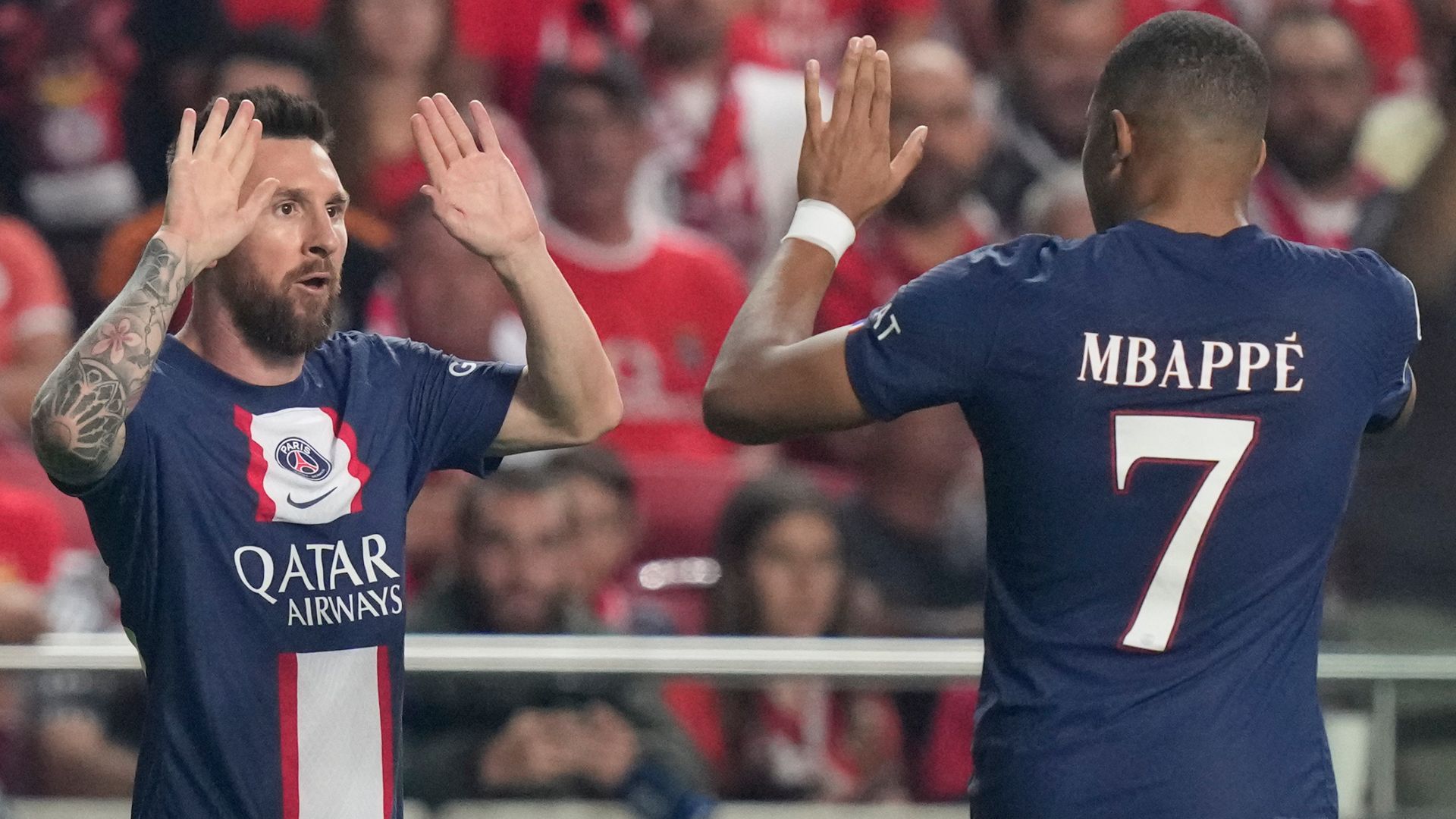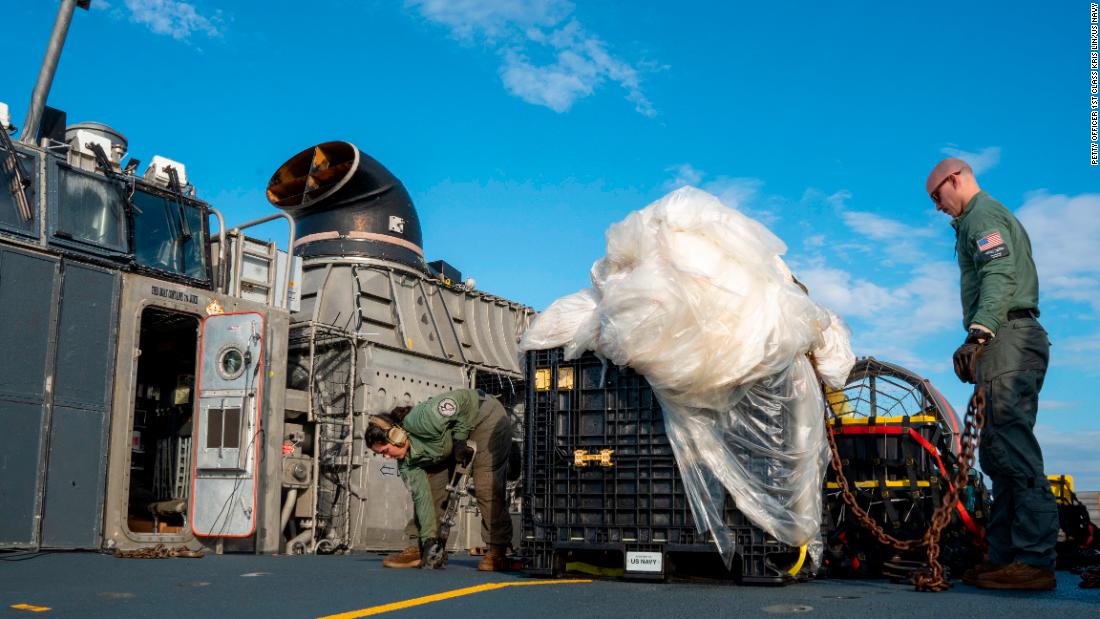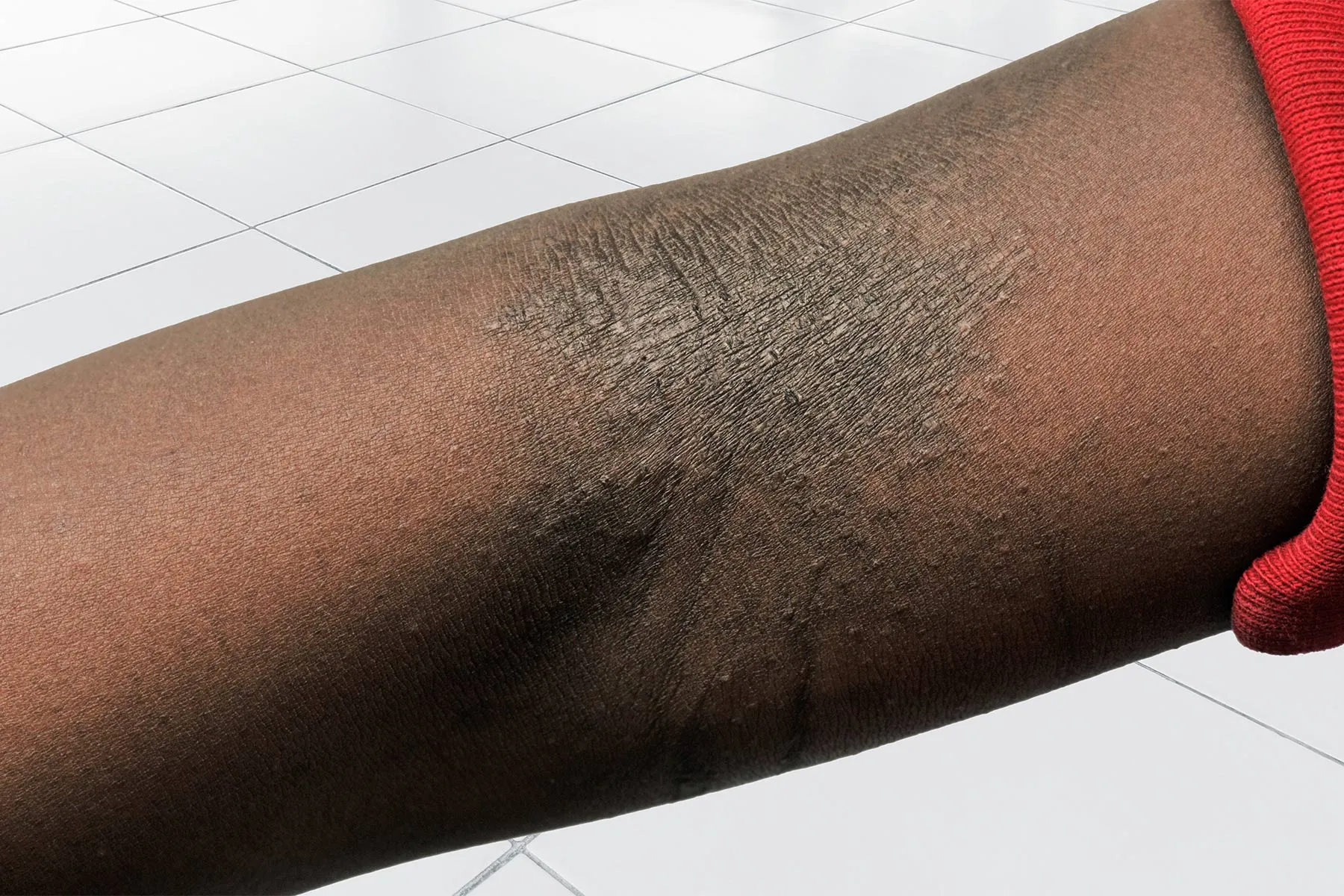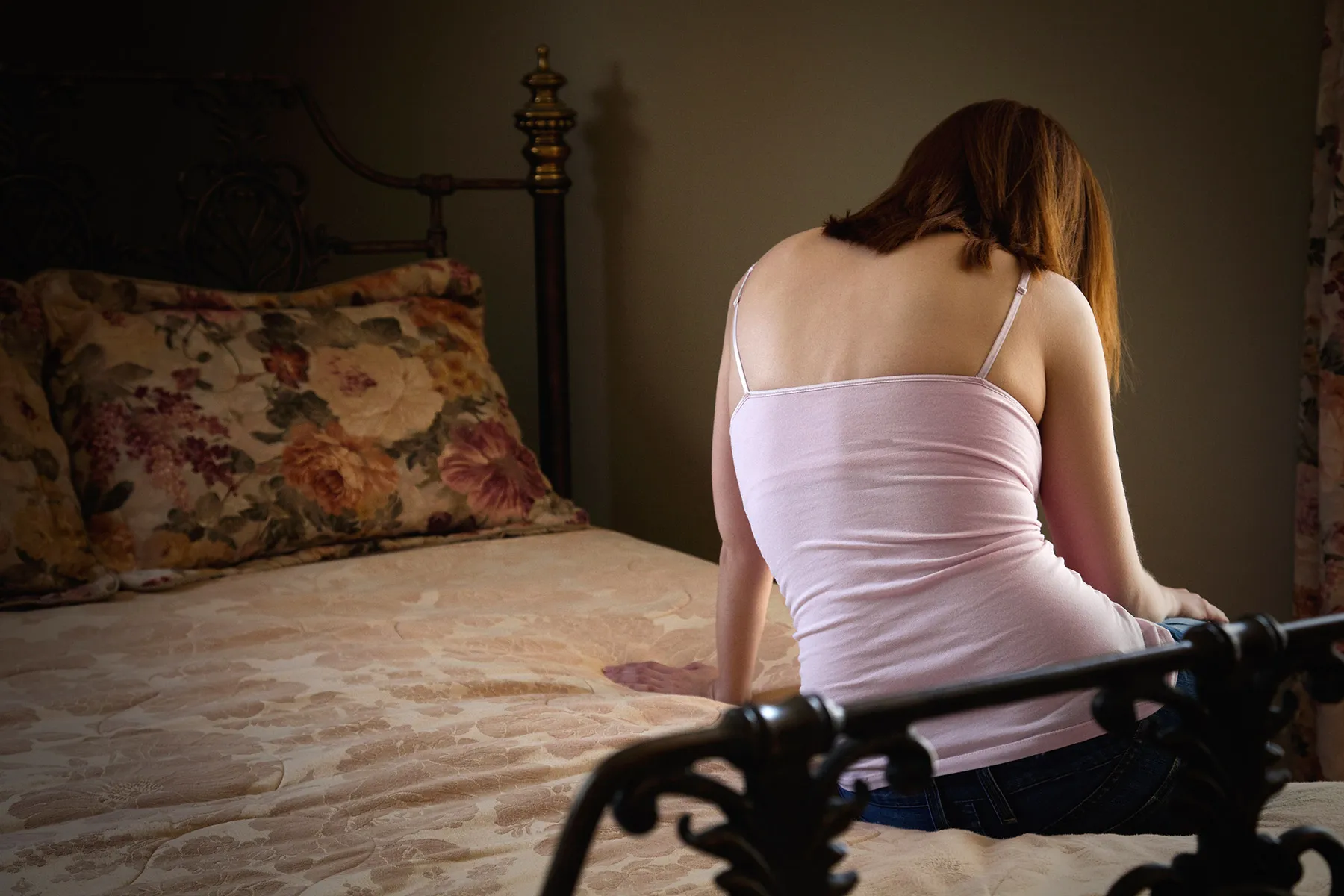The Collaborative Courtroom: A Proposal
However much it may rankle them, prosecutors can’t do justice alone. Defense attorneys limit the excessive harms the criminal system could inadvertently inflict. So why shouldn’t they collaborate? asks TCR’s legal affairs columnist.

Down deep at the taproot of the Anglo-American tradition lies the idea that the state’s monopoly on violence—its power to incarcerate citizens by force—can only be exercised after approval by a diverse jury of ordinary citizens, with each juror convinced beyond a reasonable doubt of a set of facts that justifies the action.
Jury trials were a foundational concept for the Founders of the Republic. John Adams believed that the jury trial and representative government were “the heart and lungs of liberty.”
Thomas Jefferson thought so too. “I consider the trial by jury as the only anchor ever yet imagined by man by which a government can be held to the principles of its constitution,” he wrote in a letter to Thomas Paine.
(As regular Viewpoints readers probably know by now, I’m with those guys. With juries now an endangered species, I have proposed conditioning federal funding in each jurisdiction on disposing of 15 per cent of its cases by jury trial.)
Delegating the pivotal role to the jury required a method of providing jurors with raw materials for their factual determinations. Someone has to bring on the evidence.
So, we assign advocates to present the case: one lawyer for the state; one for the accused. Both lawyers present the strongest case for their side, and both attempt to undermine the case presented for the other side. If one side wants a fact omitted, then the other wants it in: everything gets covered.
The nature of a passive, citizens’ fact-finder almost dictates this adversarial presentation. The adversaries become an indispensable part of the fact-finding design.
But let’s notice that we have built an entire culture of adversarial criminal justice practice around this simple device for assisting juries.
By now it isn’t just the trial that exemplifies a “Battle Model.” Everyone sees the entire criminal justice process, from arrest through sentencing, as a zero-sum war between irreconcilables—between a vengeful state and an accused individual.
Everything one side wins must come at the direct expense of the other.
In Tom Wolfe’s Bonfire of the Vanities, prosecutor Larry Kramer captured this climate when he described his own career aspirations: “He, Kramer, would embrace life and wade up to his hips in the lives of the miserable and the damned and stand up on his feet in the courtrooms and fight, mano a mano, before the bar of justice.”
There are lots of Larry Kramers in the system. Lots of defender “warriors” too. Within prosecutors’ and defenders’ offices military metaphors proliferate. The language of combat bolsters morale and sustains esprit de corps.
The Rise of Prosecutor-Warriors
But over the years, the adversarial prosecutor-warriors, armed with superior resources, equipped with gigantic coercive powers, and encouraged by a feeble, just-move-the-docket judiciary, have used their leverage to guarantee that the jury trials never happen—that they win the battles without fighting them.
The adversary tradition has so saturated the culture of American criminal justice that the original spur for adversarial organization of the legal system—the jury trial, with its deep symbolic importance and its mechanical evidentiary requirements—has been excised from all but two percent of serious cases and completely from the burgeoning misdemeanor lists.
This isn’t the tail wagging the dog; this tail has swallowed the dog.
I’ve spent nearly 50 years defending criminal cases, and I don’t expect an Armistice to be declared any time soon. I’m not putting down my sword.
Still, a number of recent publications illuminate a key fact that the fog of battle obscures.
As Darryl Atkinson of Forward Justice and Jeremy Travis of Arnold Ventures explain in their recent essay, the prosecution and defense are both subject to a “Principle of Parsimony”—to the recognition that our social contract mandates that the state is only authorized to exercise the lightest intrusion on a person’s liberty that is necessary to achieve a legitimate social purpose.
Any intrusion beyond what is necessary is inherently illegitimate.
The fact that the defense is always seeking the “best” for the accused does not mean that the prosecution must always be seeking the “worst.”
Both sides are required to seek the result that is “least intrusive” consistent with the legitimate purpose of public safety. (Of course, the defense version of “least” will often be “zero,” but for a substantial part of the journey, the adversaries are trying to move in the same direction.)
The recent “progressive prosecutor” activism of groups such as Fair and Just Prosecution and the Institute for Innovation in Prosecution mobilizes prosecutors’ power and autonomy to foster change, and it conveys a certain “leave-this-to-us” spirit.
But outside the specific context of the adversary trial, the prosecutors can’t possibly reach the goal of identifying the least intrusive remedy without collaborating with a properly resourced and equipped counterpart—that is, without collaborating with their traditional defender adversaries.
A groundbreaking study by the Rand Corporation and the University of Pennsylvania Law School makes this point.
Using a ten years’ study period, the research team compared the outcomes for Bronx defendants who were provided traditional public defender representation by the New York Legal Aid Society against those experienced by another group, represented by Bronx Defenders lawyers who were funded and organized to operate on a “holistic” model.
Adversaries, in Collaboration
Holistic representation requires an interdisciplinary team that includes not just criminal defense lawyers and related support staff (investigators and paralegals) but also civil, family, and immigration lawyers, as well as social workers and nonlawyer advocates — all working collaboratively and on an equal footing with each other.
In all cases the defenders interfaced with the same Bronx County District Attorney’s staff. In virtually every case, the disposition was by a negotiated (although not necessarily “agreed”) plea.
When the prosecutors’ positions and the judges’ ultimate decisions were informed by the “holistic” detail generated by the Bronx Defenders the difference in outcomes was dramatic.
When the holistic information about collateral legal consequences of criminal justice involvement (such as loss of employment, public housing, custody of one’s children, and immigration status) and the underlying life circumstances (such as addiction and mental health issues) was on the table, there were one million fewer days of incarceration, and an estimated $160 million in inmate housing costs were saved.
Although sentences were lower for holistic clients, their recidivism rates after ten years were not higher.
Access to holistic information that would have been “structurally secret” in a pure Battle Model contest of adversaries (assuming that even the defender-advocate knew of its existence) resulted in more parsimonious case dispositions—in lighter intrusions, and no loss of safety.
This version of well-supported defense function made the prosecutors better prosecutors.
Another tightly focused “natural experiment,” organized by Paul Heaton of the Quattrone Center for the Fair Administration of Justice at the University of Pennsylvania Carey School of Law looked at 100,000 Philadelphia cases to see what difference the provision of “Bail Advocates” at first court appearances had made. (Heaton was a co-author of the Rand/Penn study.)
Bail advocates did not reduce detention rates (at least on average) but did substantially reduce clients’ likelihood of bail violation (-64 percent) and future arrest (- 26 percent). Bail advocates also reduced racial disparities in pretrial detention.
Here, again, contributions from the defense radically bent the curve, and bent it in a direction that the prosecution would certainly have wanted to pursue.
Like it or not, the criminal justice system really is a system, and a complex one. The place to look for safety in a complex system is not solely within its separate components, but in the interactions between and among them.
A better prosecutors’ office will help; a better defender program will help too. But optimizing components isn’t a sure route to safety: their relationships are the key.
Criminal practice is a hard school. If you look past the surface, you can see signs that experienced defenders and prosecutors recognize the inescapable interdependencies. For example, Tom Reed, the veteran head of the Wisconsin State Public Defender’s Milwaukee office, and John Chisholm, Milwaukee’s elected prosecutor, joined to write a comprehensive manifesto on the future of criminal justice that would have been absolutely impossible without their deep levels of adversarial experience.
These are two highly intelligent and dedicated men, but (in my opinion, anyway) neither could have produced this valuable document alone.
The Individual and the Grid
Even below this rarefied level of office heads and “Electeds” the need for collaboration has become hard to ignore.
No decent practitioner—prosecutor, defender, or judge—who works regularly in criminal justice could read Jennifer Gonnerman’s masterful account of the destruction of Kalief Browder during Bronx pretrial detention and case slow-walking without wondering how many Kalief Browders have passed through their own hands. (Although there are certainly some, as Eric Lach notes in this week’s New Yorker piece, who live comfortably with the knowledge.)
Prosecutors at an arraignment don’t see a person; they have a file. The file may have a police report and a criminal record. These days, the file may even have a Risk Assessment score. But criminal record sheets and Risk Assessment scores are reductionist and dehumanizing. Often, they say as much about police decision-making as they do about a defendant’s behavior.
The information that would provide a “full transcript” of any defendant’s life—the mental health and addiction problems, the jeopardized employment, the vulnerable children, the suitable programs and interventions—that could help the parties avoid another Browder tragedy has to be sought and secured by defense counsel. The prosecutors have no access.
To be good prosecutors, prosecutors need good defenders, who have the time and the resources to generate the data needed for parsimonious decisions.

James Doyle
However much it may rankle them, prosecutors can’t do justice alone. This isn’t a matter of defenders preventing perjury or excavating hidden Brady material; it’s a question of defenders portraying human beings, and showing how to limit the excessive harms the criminal system could inadvertently inflict.
Adversariness has its charms.
Many times—especially for defenders representing poor and minority clients—adversariness is indispensable. But sometimes adversariness won’t be enough.
James M. Doyle is a Boston defense lawyer and author, and a regular columnist for The Crime Report. He enjoys hearing from readers.

 Landwebs
Landwebs 























